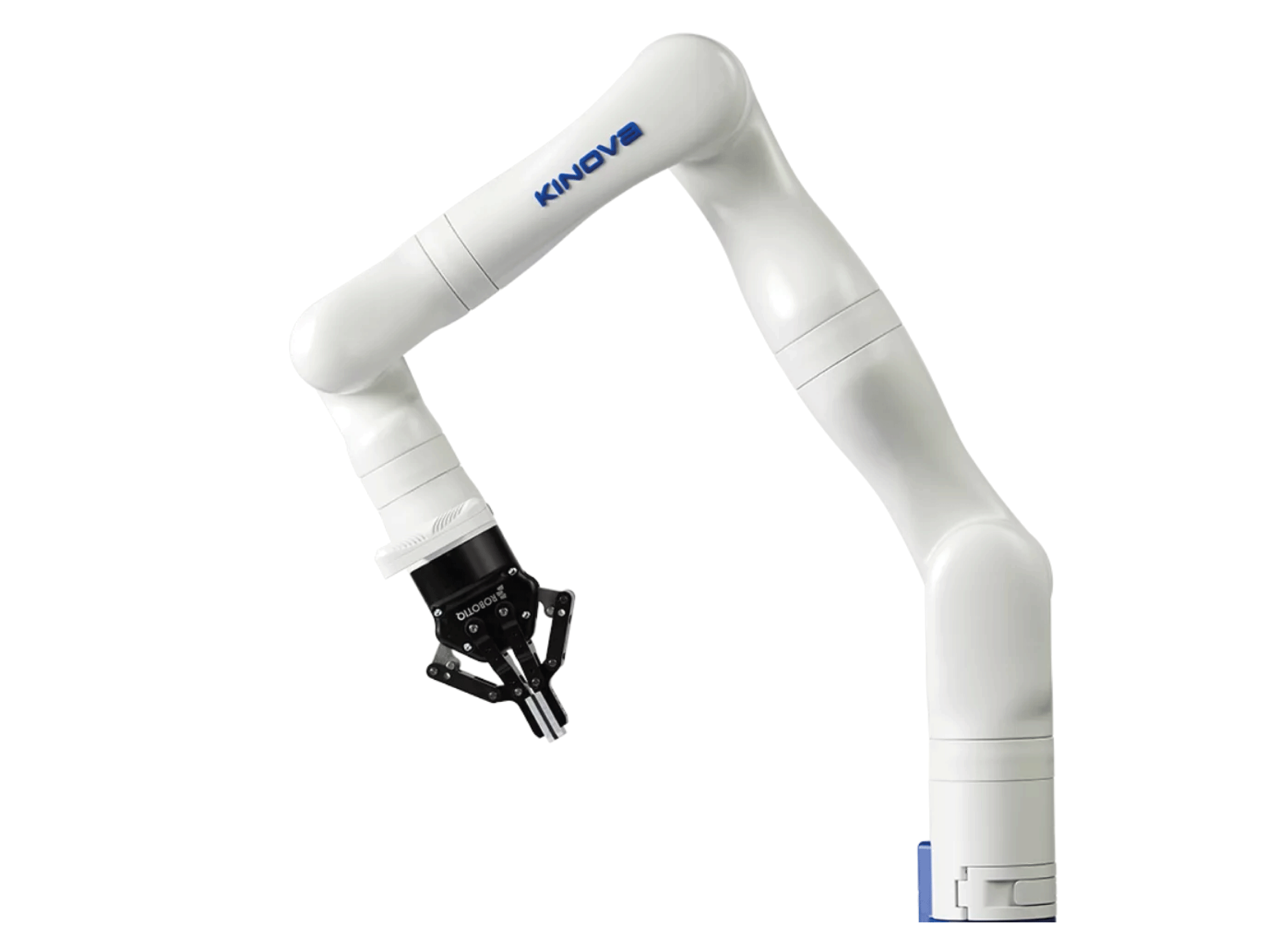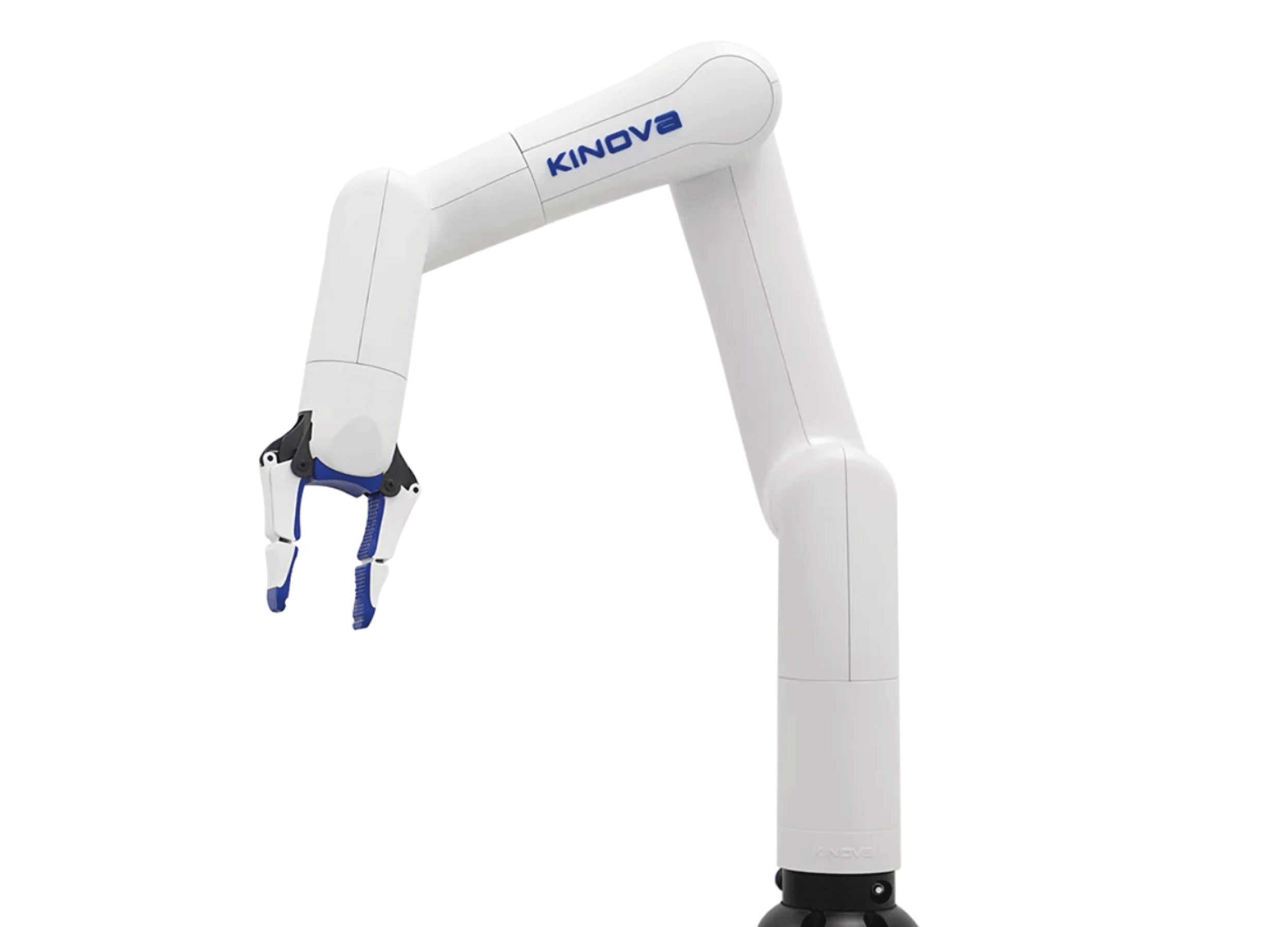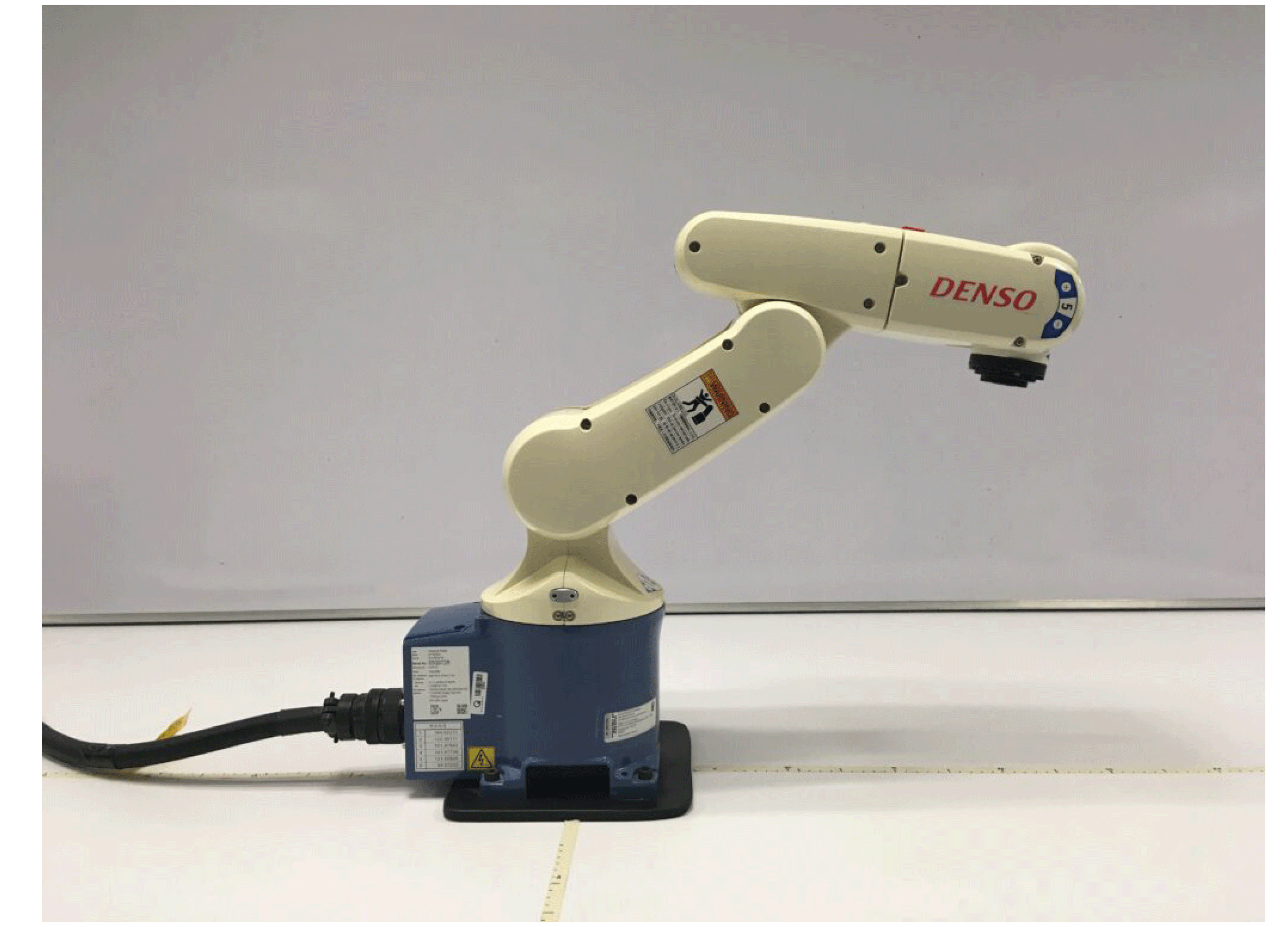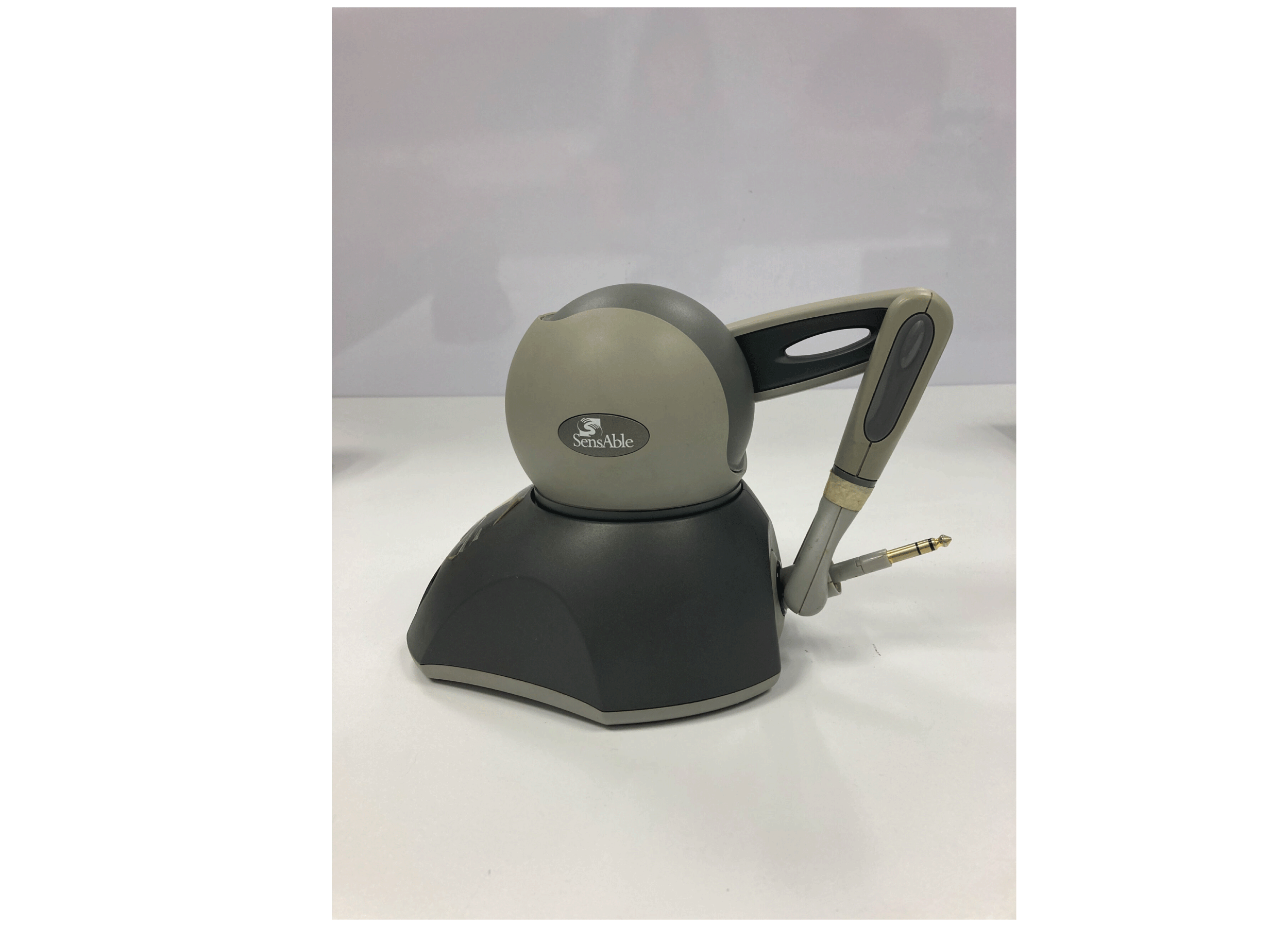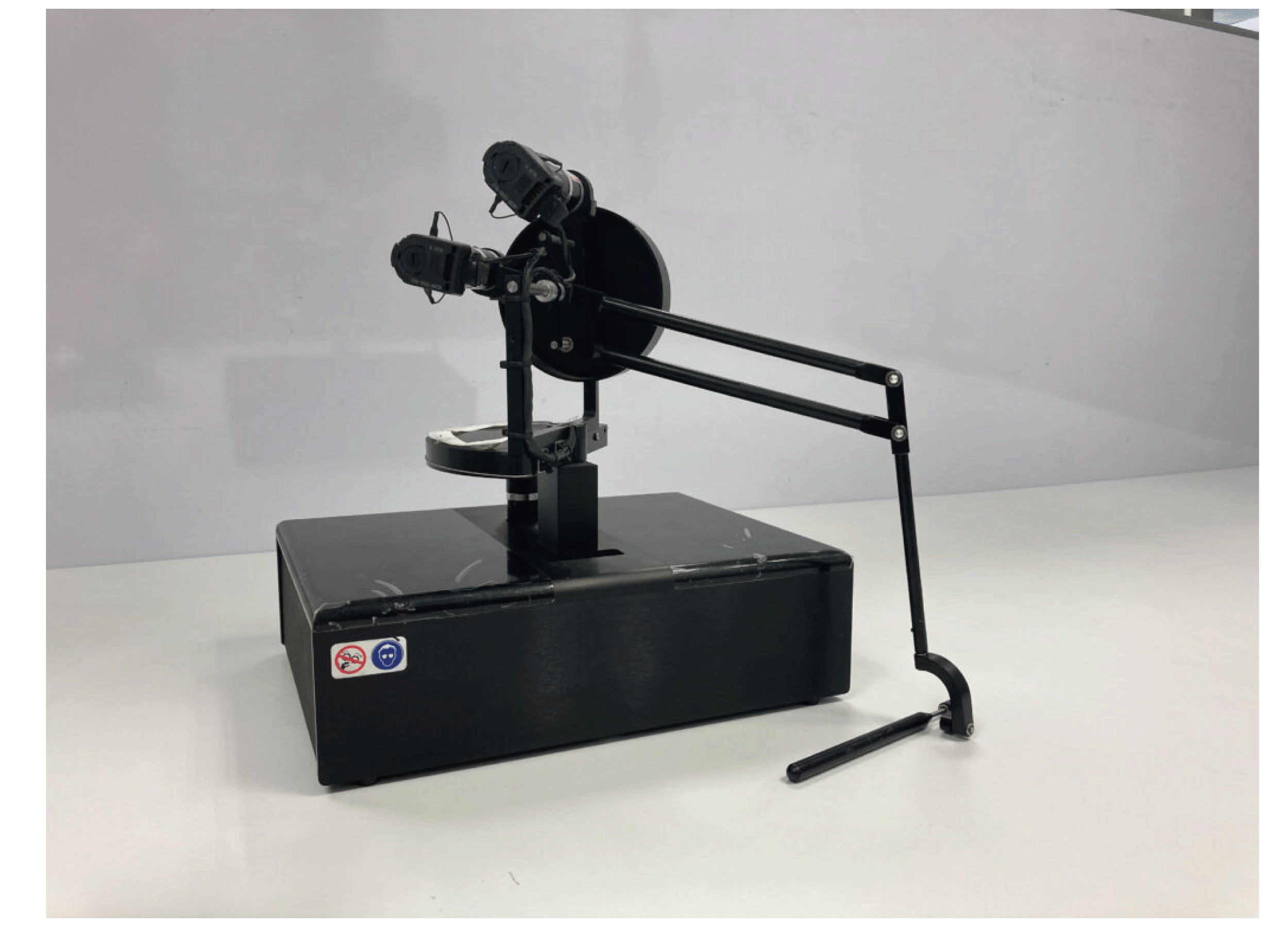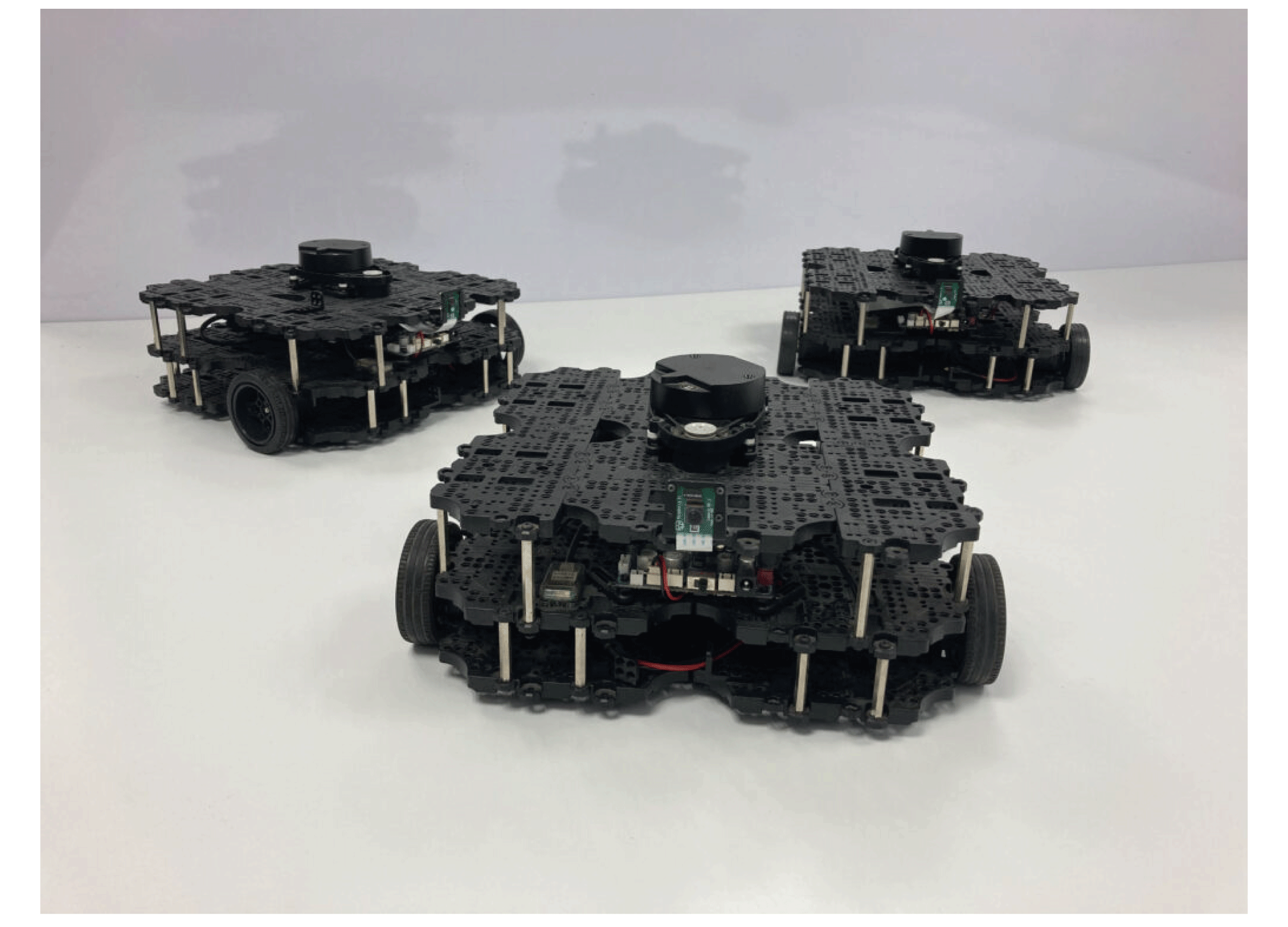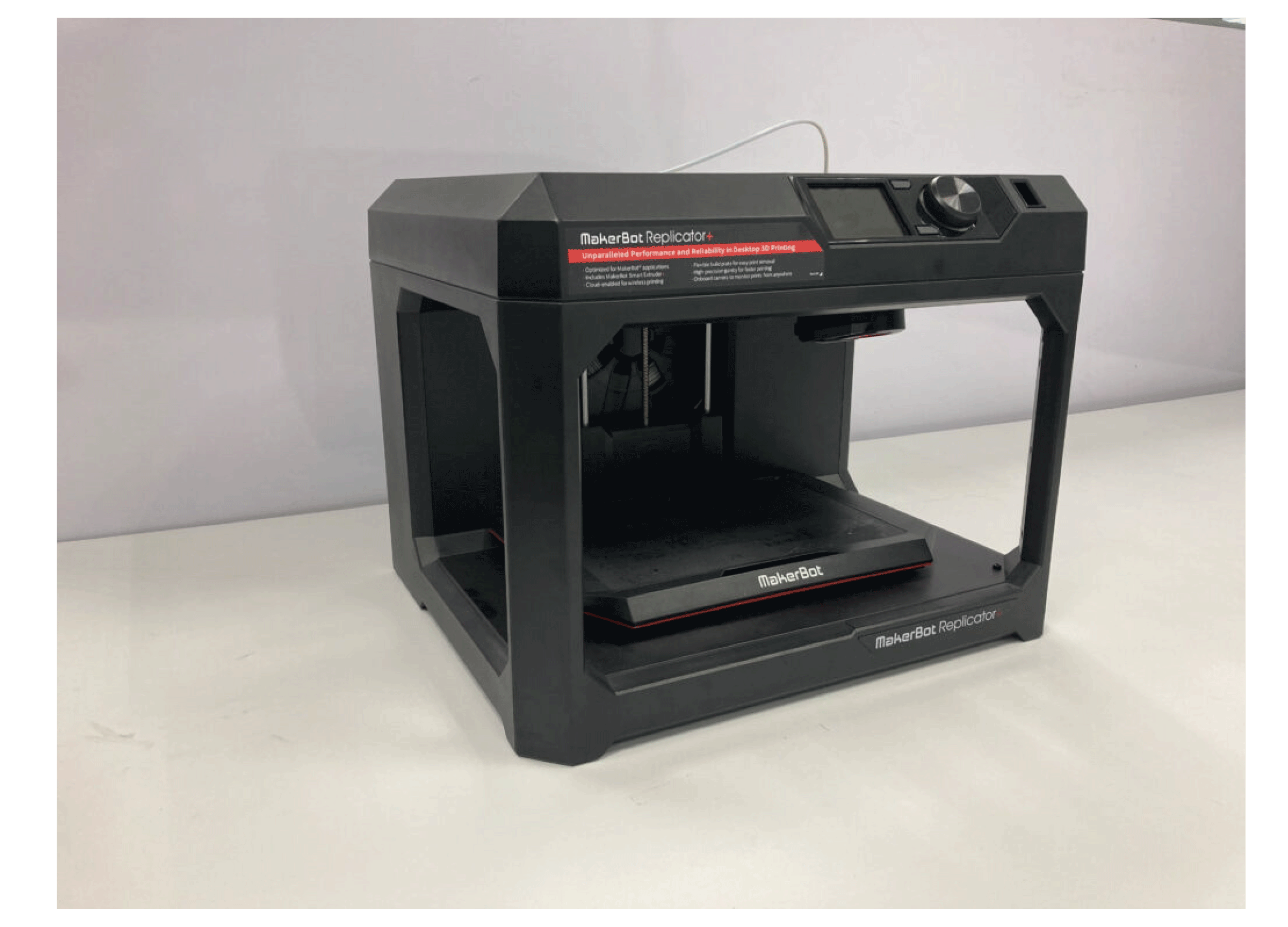![]()
Our Lab
Our lab supports research in robotics and control systems with a focus on practical and impactful solutions. Equipped with modern tools, we design and test algorithms that address challenges in fields like industrial automation, medical applications, and environmental monitoring.

